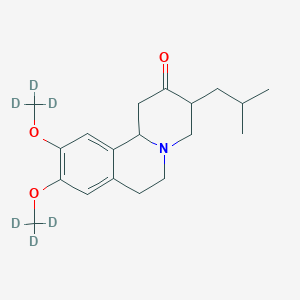In a new study, researchers show an aerosolized, inhalable form of the drug Ambrisentan could offer a faster-acting treatment option for pulmonary edema, a life-threatening condition in which fluid accumulates in the lungs. Pulmonary edema is a significant risk for anyone spending time at high altitudes, and also affects people with chronic conditions including congestive heart failure and sickle cell anemia.

High altitude pulmonary edema, or HAPE, results when exposure to reduced oxygen levels causes the arteries in the lungs to constrict, which in turn causes blood pressure within the lungs to rise. Unchecked, this process leads to the rapid accumulation of fluid in the lungs, further reducing a person's ability to get oxygen and causing severe physical impairment.
Currently, Ambrisentan is available only in pill form and takes time to provide relief. The new study, conducted in rats, showed that delivering the drug via an inhaler achieved the same effect with just one-fifth of the typical oral dose.
"This mode of delivery gets the drug directly to the site of the problem—the lungs—providing relief much faster than the oral treatment," said Scott Ferguson, Ph.D. a postdoctoral researcher at the University of Colorado, Denver Anschutz Medical Center, who conducted the research. "Additionally, it requires a much lower dose, likely lowering the incidence of side effects and the cost of treatment."
Ferguson will present this research at the American Physiological Society Annual Meeting during Experimental Biology 2016.








